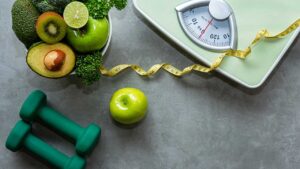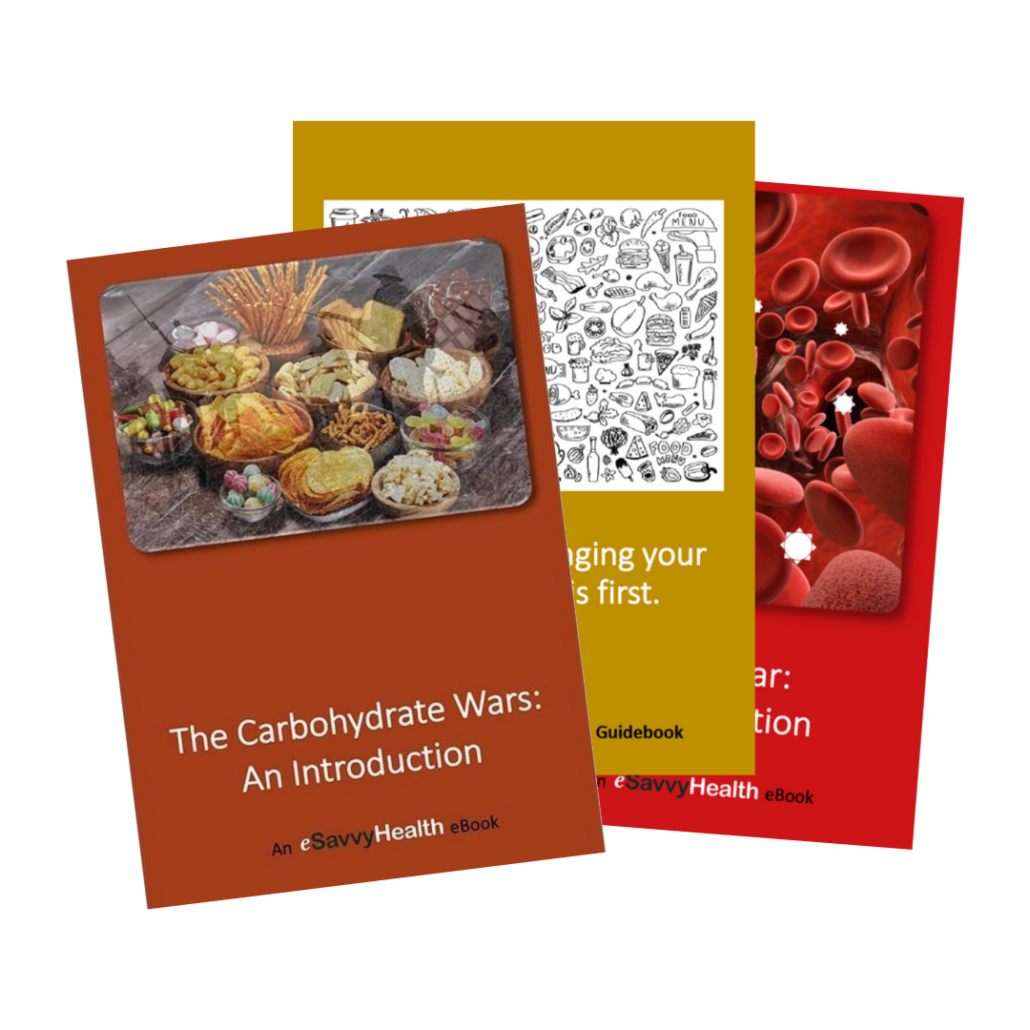It’s generally known that carbohydrates in food are a source of energy for the body. Most of the carbohydrates that most of us consume come from plants that have captured that energy from the sun and stored it in that form. The next time you have a serving of broccoli, you might enjoy it more if you think of it as eating sunlight.
As carbohydrates are being digested, they are broken down into a substance called glucose, which is a very simple type of sugar. The glucose enters the blood in our intestines, and is transported to cells in every part of the body, fueling their operation.
But the body needs energy 24 hours a day, so what happens when carbohydrates aren’t being digested?
There are several answers to that question. Glucose isn’t the only fuel the body can burn, for one thing—most cells in the body can also burn fat, which is also ingested in meals and can be stored for later use. But the key word in the preceding sentence is “most”—some parts of your body, like your brain and your red blood cells, cannot use fat as fuel. For survival, minimal levels of glucose in the blood must be maintained.
Fortunately, fat is not the only fuel in your body that can be saved for later use. So can glucose, and when glucose is stored it is packed tightly into a branched structure of connected glucose molecules that’s called glycogen.

Glycogen is found in two places in the body: in the liver, where it can be used to replenish glucose in the blood as needed, and in muscles, where it’s available as needed when muscles need quick extra energy, for example when escaping predators or running for a bus.
Your liver and muscle cells can store a limited amount of glycogen—enough to last for a range of a few hours up to more than a day, depending on your body’s demand for energy. Which raises two questions:
1) What happens if you consume more energy in the form of carbohydrates than your body has room to store as glycogen?
2) Where does your body get glucose when the glycogen runs out?
The answer to the first question is, as you might have guessed, that excess glucose is converted to fat for storage. Sixty years ago, it was common wisdom that the way to avoid getting fat was to cut back on sweets and starchy foods. That wisdom was obscured for a few decades by the incorrect reasoning that eating fat made you fat, a belief that spawned a score of diets and thousands of food products. But the science has now been quite thoroughly done and it turns out our grandmothers were right.
The answer to the second question is that the liver can make glucose from protein and also from a substance called glycerol that’s found in fat. You can learn more about that in another insight.
In the meantime, you might like to know that the sunlight in your broccoli was itself produced by the direct conversion of matter to energy in the heart of the very bright star that moves across our sky every day. Ultimately, your body’s operation is powered by nuclear fusion.





